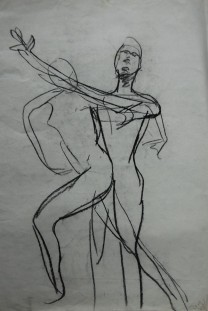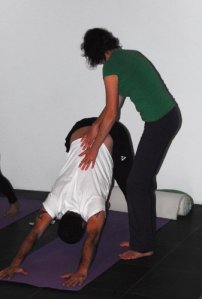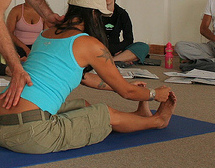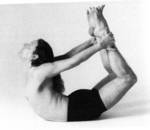It’s always worth remembering that only you can practice with awareness. Your teacher is only your guide…
Yoga by its nature should be sustainable, yet yoga injury is becoming increasingly common. This could be due to the surge in popularity of yoga worldwide as well as a growing willingness of people to talk about their injuries, owning up that even the universe doesn’t protect yoga practitioners from injury in their practice.
The benefits of practicing yoga are many, and regular practice of yoga postures increases flexibility, strength and balance, with increased sensitivity being the side-effect. Despite this increased sensitivity, it might seem strange that even the most experienced yoga practitioners and teachers suffer yoga injury at some point over time.
Although there is no sure way never to get injured–we are only human after all–there are some things to keep in mind when you do yoga postures.
View original post 270 more words








